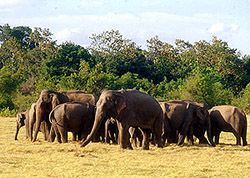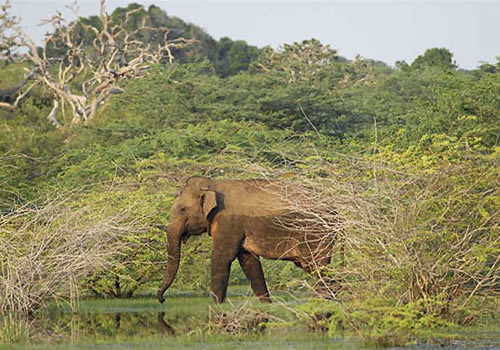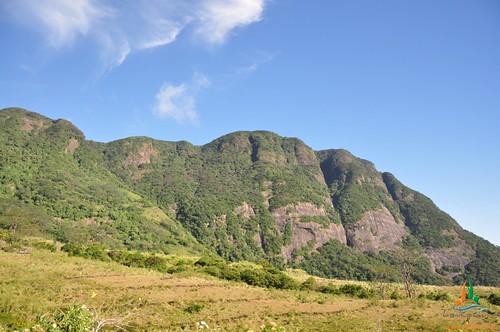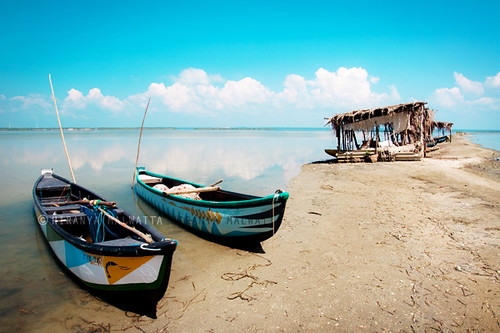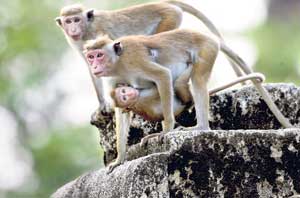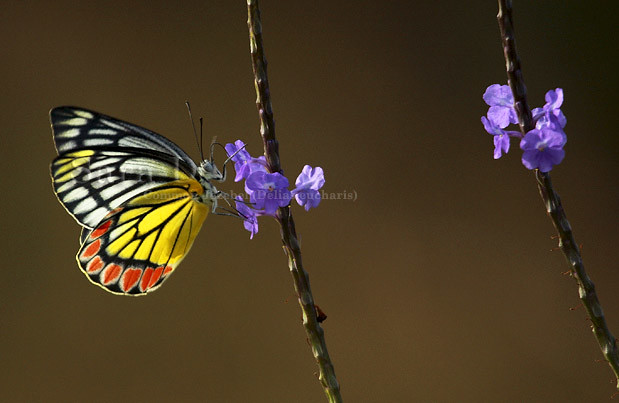 Nature offers plenty. It gives life and provides experiences. And it is natural to protect what one experiences and appreciates. That is just what we, at Sri Lankan Safari offer. It is the learning of nature, so that we give back, by protecting it.
Nature offers plenty. It gives life and provides experiences. And it is natural to protect what one experiences and appreciates. That is just what we, at Sri Lankan Safari offer. It is the learning of nature, so that we give back, by protecting it.Sri Lankan Safari, established by nature and adventure professionals who are keen to promote protection of Sri Lankan fauna and flora and are keen on sharing their love for nature, provides Safari Camping Trips in Sri Lanka. Campers experience real outdoor camping, amidst the wilderness and natural surroundings. They are guided by experienced rangers and supported by a naturalist who provides details and fascinating facts as well as basic on animals and plants of interest that guests encounter.
Sri Lankan Safari offers a choice between Standard and Luxury Safari Camping packages for guests.
